Flexible Fusion Structure-Based Performance Optimization Learning for Multisensor Target Tracking
Abstract
:1. Introduction
- Two indexes (tracking accuracy and survivability) are introduced to integrally describe system performance in Section 2.The current work gives substantial attention to the tracking accuracy. However, the survivability index is seldom discussed. In this work, a definition of survivability is presented and a detailed computation method is also given.
- The optimization models are established for sensor subsets selection for single target and multi-target tracking in Section 3.1. Based on the two performance indexes, two optimization models with multiple constraints are creatively designed. Clearly, the optimization model based on single target tracking is the foundation of multi-target tracking.
- The solutions of the optimization models are also given and the detailed solution steps are clearly given in Section 3.2.
2. Problem Formulation
2.1. Task Network System
- Each sensor node can only track a limited number of targets;
- The fusion center can only process a limited amount of sensor measurement data with respect to the limited communication bandwidth and the computing capacity.
2.2. System Description and Fusion Methods
- Dimension Expansion Fusion MethodIntegrate measurement equations into a large measurement equationandwhereBased on the state equation and the measurement equation, applying the basic UKF algorithm, the multi-sensor centralized dimension expansion fusion estimator iswhere
- Local Estimate Weighted Fusion MethodThe local estimate weighted fusion estimator is
3. Analysis of System Performance Indexes
3.1. Tracking Accuracy
3.2. System Survivability
4. Dynamic Sensor Subsets Selection Under Flexible Fusion Structure
4.1. Establishment of Optimization Model for Sensor Subsets Selection
4.2. Multi-Step Solution of Multi-Constraint Optimization Model
- (1)
- Based on the constraint of sensor node measurement distance, mark off the distant available sensor node subset ;
- (2)
- Check whether the subset is consistent with the constraint of single plane security risk to get the security risk available subset ;
- (3)
- Solve all the possible groups of and under the constraints of , s, and . If , there is no optimization solution, and if the situation is allowable, we can turn back to step (1) or step (2) to widen the constraint extent and proceed to solve the next step; when the , the model has solutions, and to get the optimal solution of and through the objective function ;
- (4)
- Allocation of and in subset : firstly to allocate the , the principle of which is to select the sensor nodes that are closer to the fusion center; if there are two sensor nodes whose distances are equidistant, choose the node that has the litter security risk coefficient; then, it is the turn of . Its principle is the same as with , but the allocation range is the remaining sensor nodes of subset .
5. Simulation
5.1. Single Target Tracking Situation
5.2. Multi-Target Tracking Situation
5.3. Analysis of Simulation Results
6. Conclusions
Acknowledgments
Author Contributions
Conflicts of Interest
References
- Anitha, R.; Renuka, S.; Abudhahir, A. Multi sensor data fusion algorithms for target tracking using multiple measurements. In Proceedings of the 2013 IEEE International Conference on Computational Intelligence and Computing Research, Enathi, India, 26–28 December 2013; pp. 1–4. [Google Scholar]
- Fu, J.; Ma, R.; Chai, T. Global Finite-Time Stabilization of a Class of Switched Nonlinear Systems with the Powers of Positive Odd Rational Numbers. Automatica 2015, 54, 360–373. [Google Scholar] [CrossRef]
- Tharmarasa, R.; Kirubarajan, T.; Sinha, A.; Lang, T. Decentralized sensor selection for large-scale multisensor-multitarget tracking. IEEE Trans. Aerosp. Electron. Syst. 2011, 47, 1307–1324. [Google Scholar] [CrossRef]
- Gao, H.; Chen, T. New Results on Stability of Discrete-Time Systems with Time-Varying State Delay. IEEE Trans. Autom. Control 2007, 52, 328–334. [Google Scholar] [CrossRef]
- Mark, P.K.; Waymond, R.S.; Leslie, M.C. A framework for information-based sensor management for the detection of static target. IEEE Trans. Syst. Man Cybern. A Syst. Hum. 2011, 41, 105–120. [Google Scholar]
- Liu, H.; Guo, D.; Sun, F. Object recognition using tactile measurements: Kernel sparse coding methods. IEEE Trans. Instrum. Meas. 2016, 65, 656–665. [Google Scholar] [CrossRef]
- Shi, Y.; Han, Z.Z. Adaptive UKF method with applications to target tracking. Acta Autom. Sin. 2011, 37, 755–759. [Google Scholar]
- Chen, Z.M.; Bo, Y.M.; Wu, P.L.; Liu, Z.F. Novel particle filter algorithm based on adaptive particle swarm optimization and its application to radar target tracking. Signal Control 2013, 28, 193–200. [Google Scholar]
- Ashwin, Y.; Naren, N.; Ananthasayam, M.R.; Gaur, A.; Singh, Y.N. A constant gain kalman filter approach to target tracking in wireless sensor networks. In Proceedings of the 2012 IEEE 7th International Conference on Industrial and Information Systems (ICIIS), Chennai, India, 6–9 August 2012; pp. 1–7. [Google Scholar]
- Ma, Z.Q.; Zheng, Y.C.; Liang, J.H.; Li, D.X. An improved kalman filter algorithm for maneuvering target tracking based on ANFIS. Sens. Transducers 2013, 160, 437–444. [Google Scholar]
- Sun, J.; Hu, R.; Yang, H. Air target tracking based on improved extended kalman filtering algorithm. Shipboard Electron. Countermeas. 2013, 36, 34–37. [Google Scholar]
- Cheng, T.F.; Ge, Q.B.; Shao, T.; Chen, S. Flexible fusion structure for air task networks. In Proceedings of the 2014 International Conference on Multisensor Fusion and Infoemation Integration for Intelligent Systems, Beijing, China, 28–29 September 2014; pp. 1–6. [Google Scholar]
- Julier, S.J.; Uhlmann, J.K. Unscented filtering and nonlinear estimation. Proc. IEEE 2004, 92, 401–422. [Google Scholar] [CrossRef]
- Wan, E.A.; Vandermerwe, R. The unscented kalman filter for nonlinear estimation. In Proceedings of the IEEE 2000 Adaptive Systems for Signal Processing, Communications, and Control Symposium, Lake Louise, AB, Canada, 1–4 October 2000; pp. 153–158. [Google Scholar]
- Li, W.B.; Ge, Q.B. UKF-STF Tracking with correlated noises for the nonlinear system. In Proceedings of the 2010 8th World Congress on Intelligent Control and Automation, Jinan, China, 7–9 July 2010; pp. 3466–3471. [Google Scholar]
- Han, C.Z.; Zhu, H.Y.; Duan, Z.S. Multi-Source Informance Fusion; Tsinghua University Press: Beijing, China, 2006. [Google Scholar]
- Gao, H.; Chen, T. ℌ∞ Estimation for Uncertain Systems With Limited Communication Capacity. IEEE Trans. Autom. Control 2007, 52, 2070–2084. [Google Scholar] [CrossRef]
- Yang, H.Y.; You, Z.; Wang, L. Dynamic sensor management for distributed tracking in collaborative nerwork. J. South China Univ. Technol. 2012, 40, 49–56. [Google Scholar]
- Liu, Q.; Liu, Z.; Liu, Y.F. Maneuvering target collaborative tracking algorithm with multi-sensor deployment optimization. Syst. Eng. Electron. 2013, 35, 304–309. [Google Scholar]
- Liu, H.; Liu, Y.H.; Sun, F. Robust exemplar extraction using structured sparse coding. IEEE Trans. Nerural Netw. Lear. Syst. 2015, 26, 1816–1821. [Google Scholar] [CrossRef] [PubMed]
- Thunemann, P.Z.; Mattikalli, R.; Arroyo, S.; Frank, O. Characterizing the tradeoffs between different sensor allocation and management algorithms. In Proceedings of the 2009 12th International Conference on Information Fusion, Seattle, WA, USA, 6–9 July 2009; pp. 1473–1480. [Google Scholar]
- Farina, A.; Ristic, B.; Timmoneri, L. Cramer-rao bound for nonlinear filtering with Pd < 1 and its application to target tracking. IEEE Trans. Signal Process. 2002, 50, 1916–1924. [Google Scholar]
- Tharmarasa, R.; Kirubarajan, T.; Hernandezm, L. PCRLB based multisensory array management for multitarget tracking. IEEE Trans. Aerosp. Electron. Syst. 2007, 43, 539–555. [Google Scholar] [CrossRef]
- Lai, J.B.; Wang, H.Q.; Wang, J. Survey of information syatem survivability. Comput. Sci. 2007, 34, 237–240. [Google Scholar]
- Cheng, T.F.; Ge, Q.B.; Liu, B. Comparision on weights calculation methods based on improved air combat threat assessment model. Fire Control Command Control China 2016, 41, 32–36. [Google Scholar]
- Chen, X.; Kong, Y.Y.; Fang, X.; Wu, Q. A fast two-stage ACO algorithm for robotic path planning. Neural Comput. Appl. 2013, 22, 313–319. [Google Scholar] [CrossRef]
- Angelo, J.S.; Bernardino, H.S.; Barbosa, H.J.C. Ant colony approaches for multiobjective structural optimization problems with a cardinality constraint. Adv. Eng. Softw. 2015, 80, 101–115. [Google Scholar] [CrossRef]
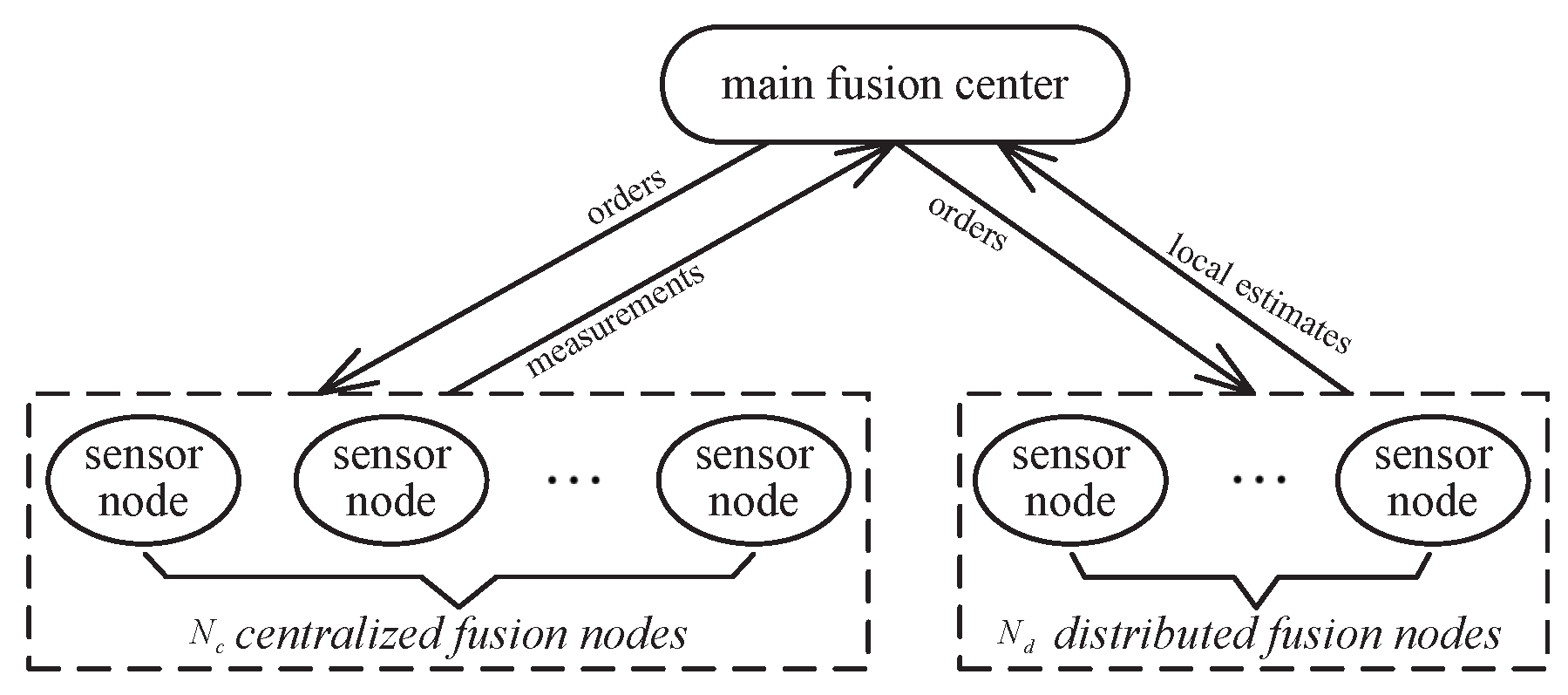
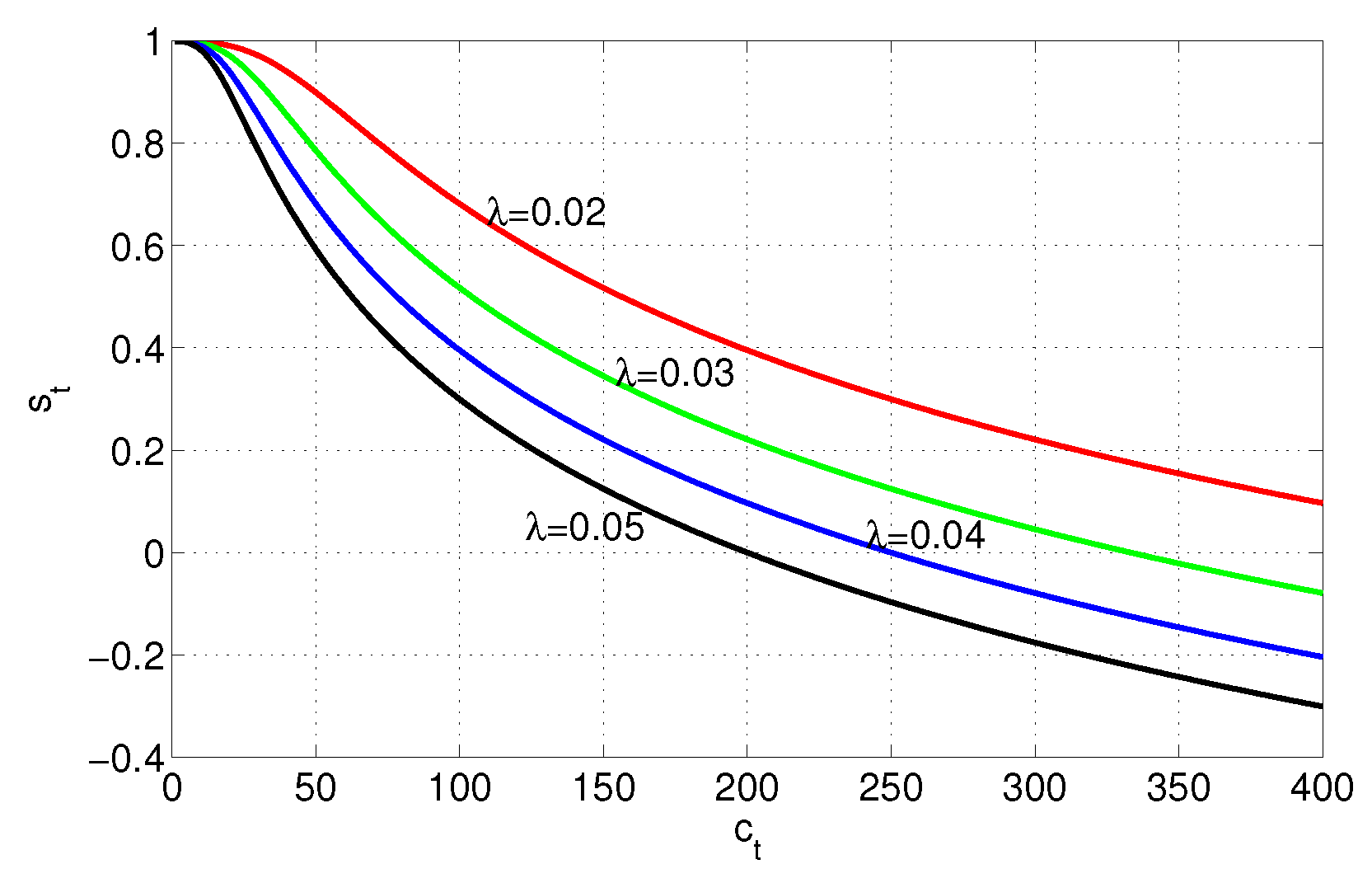
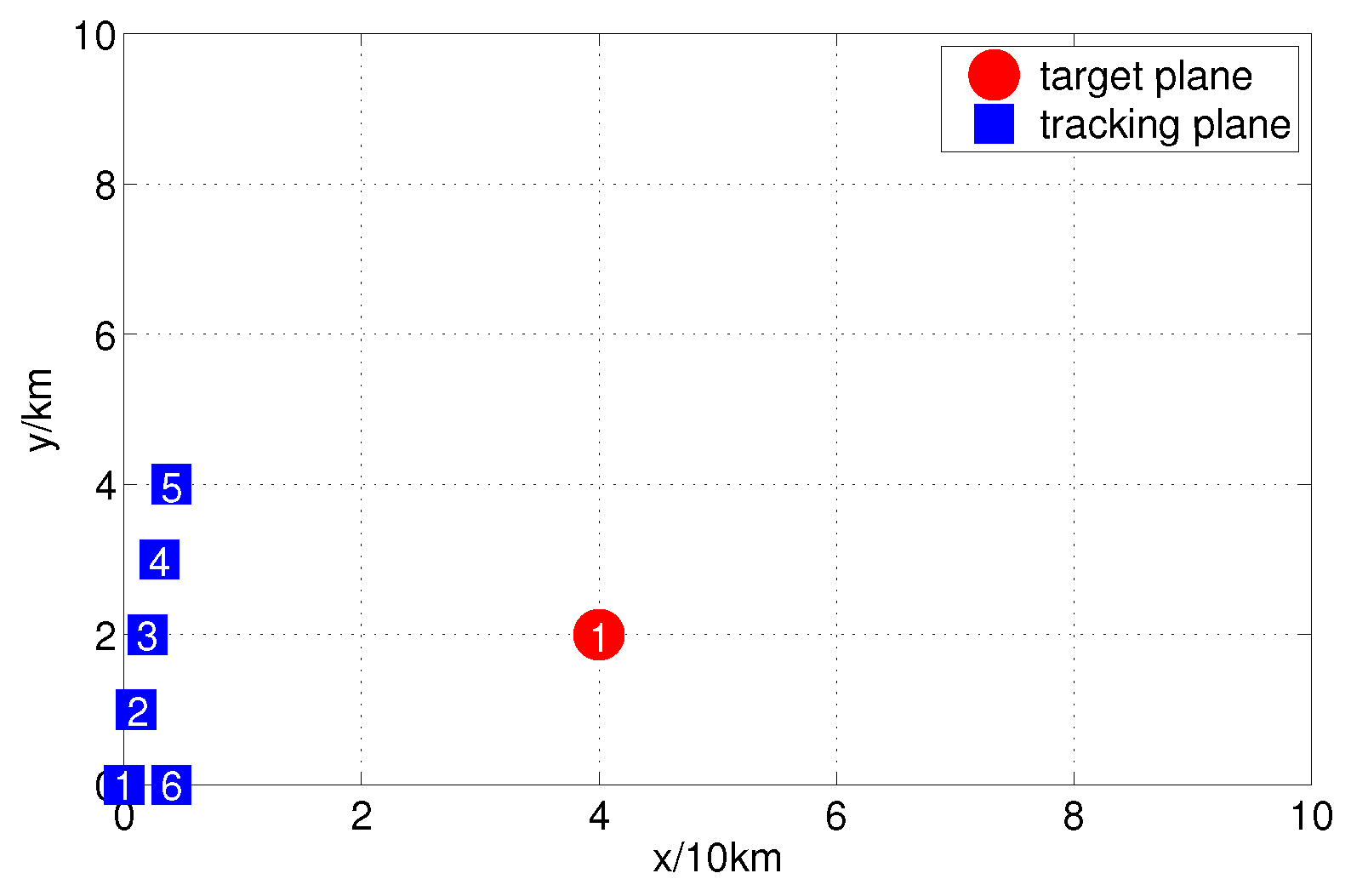
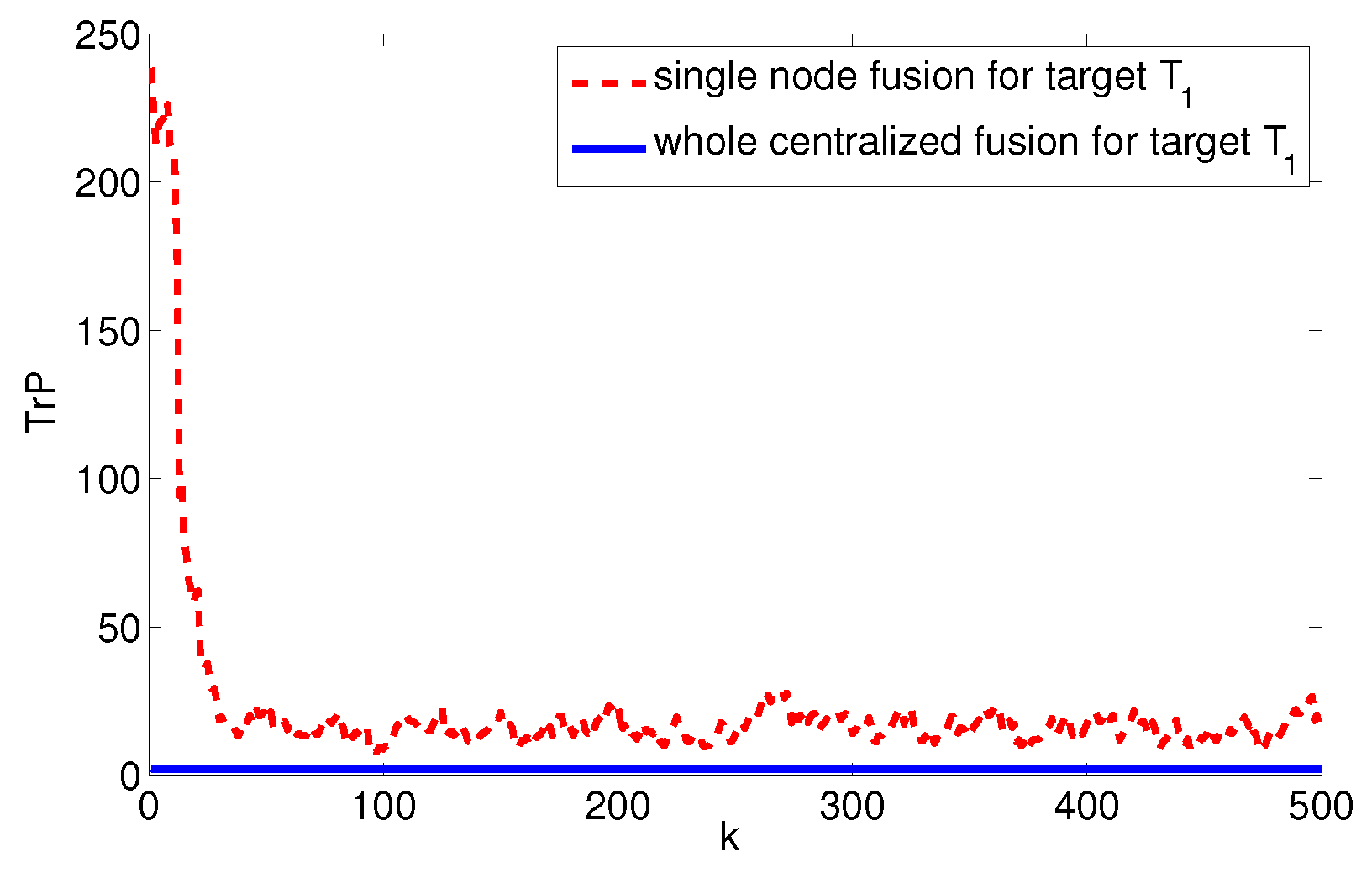
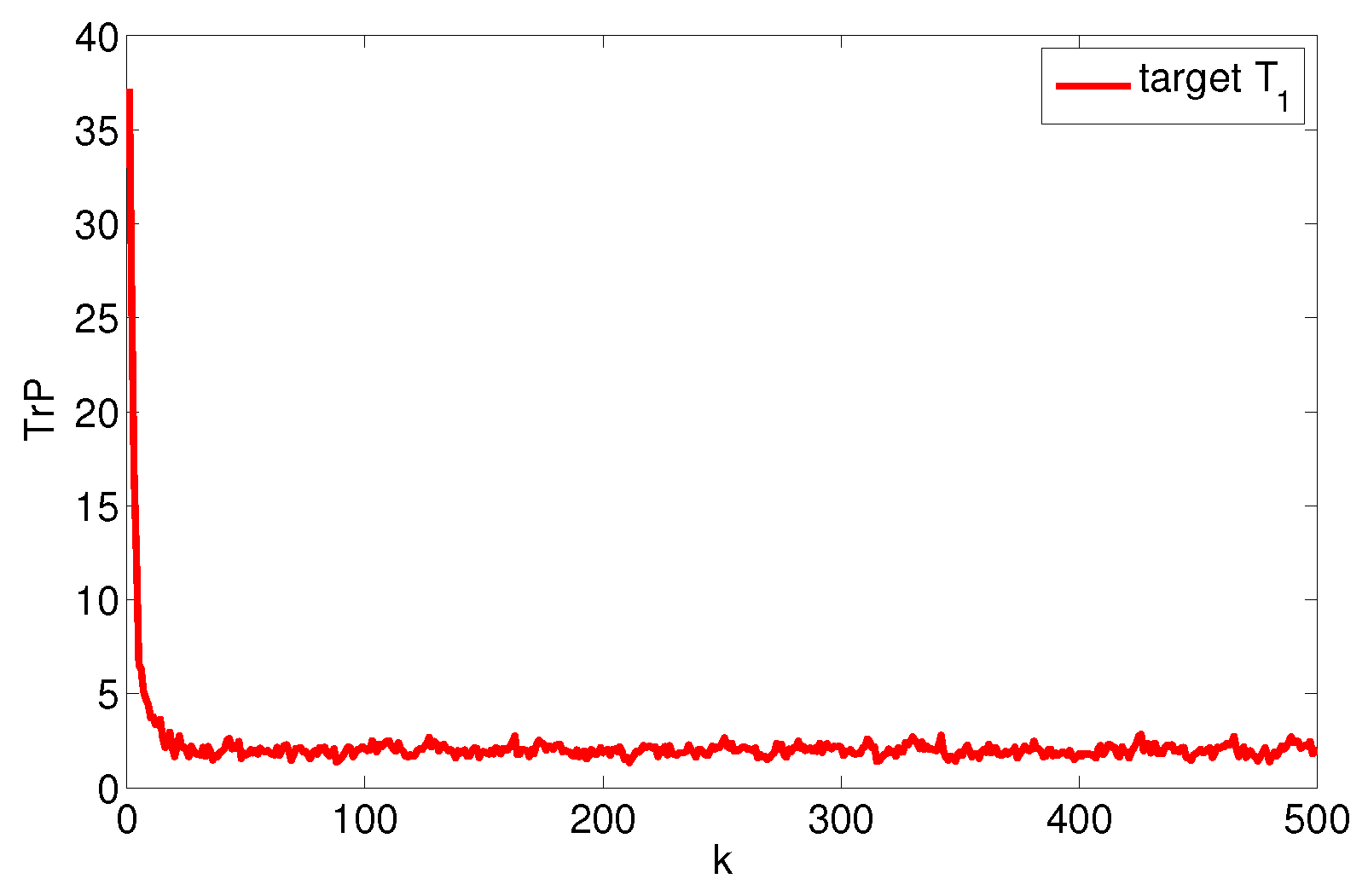
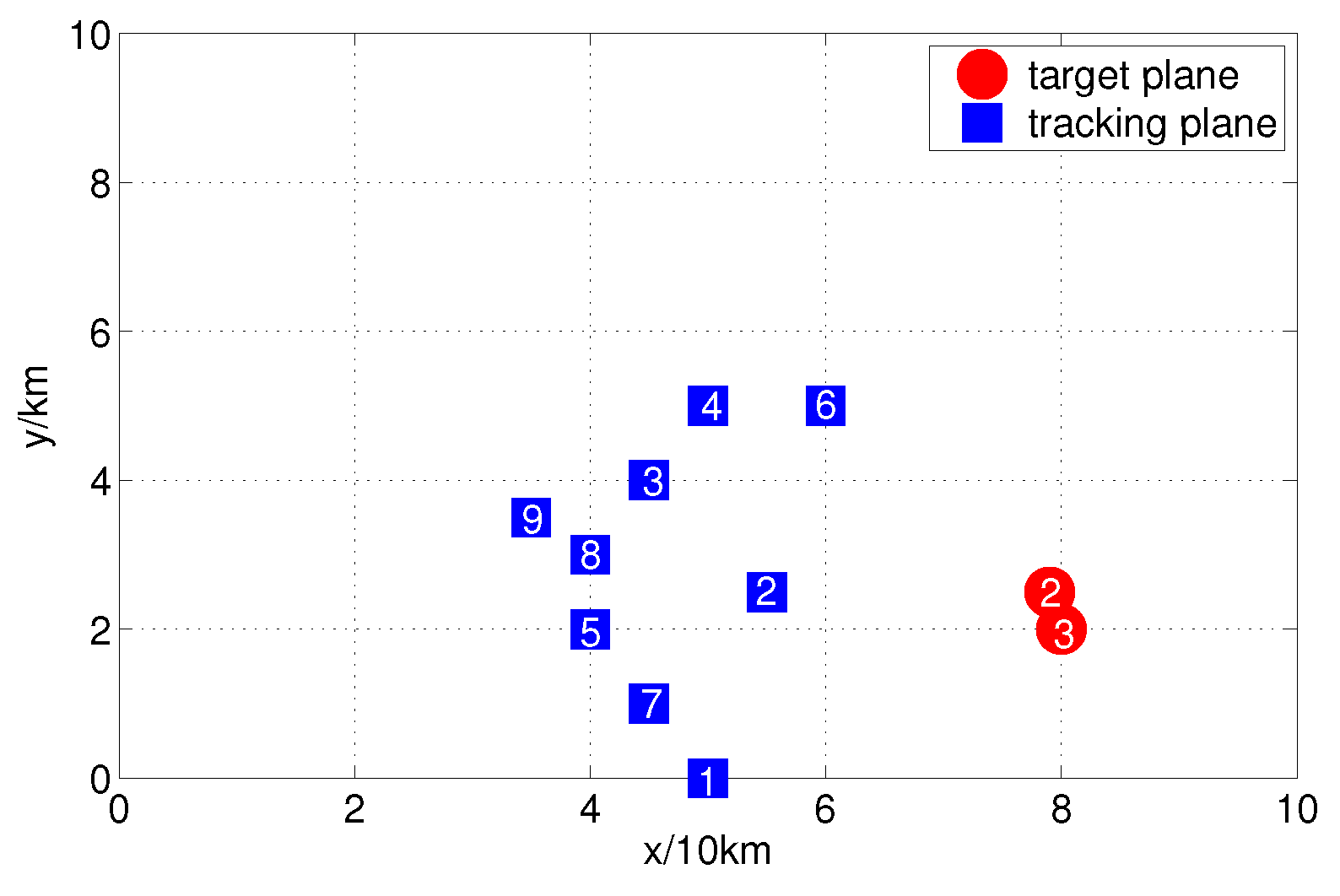
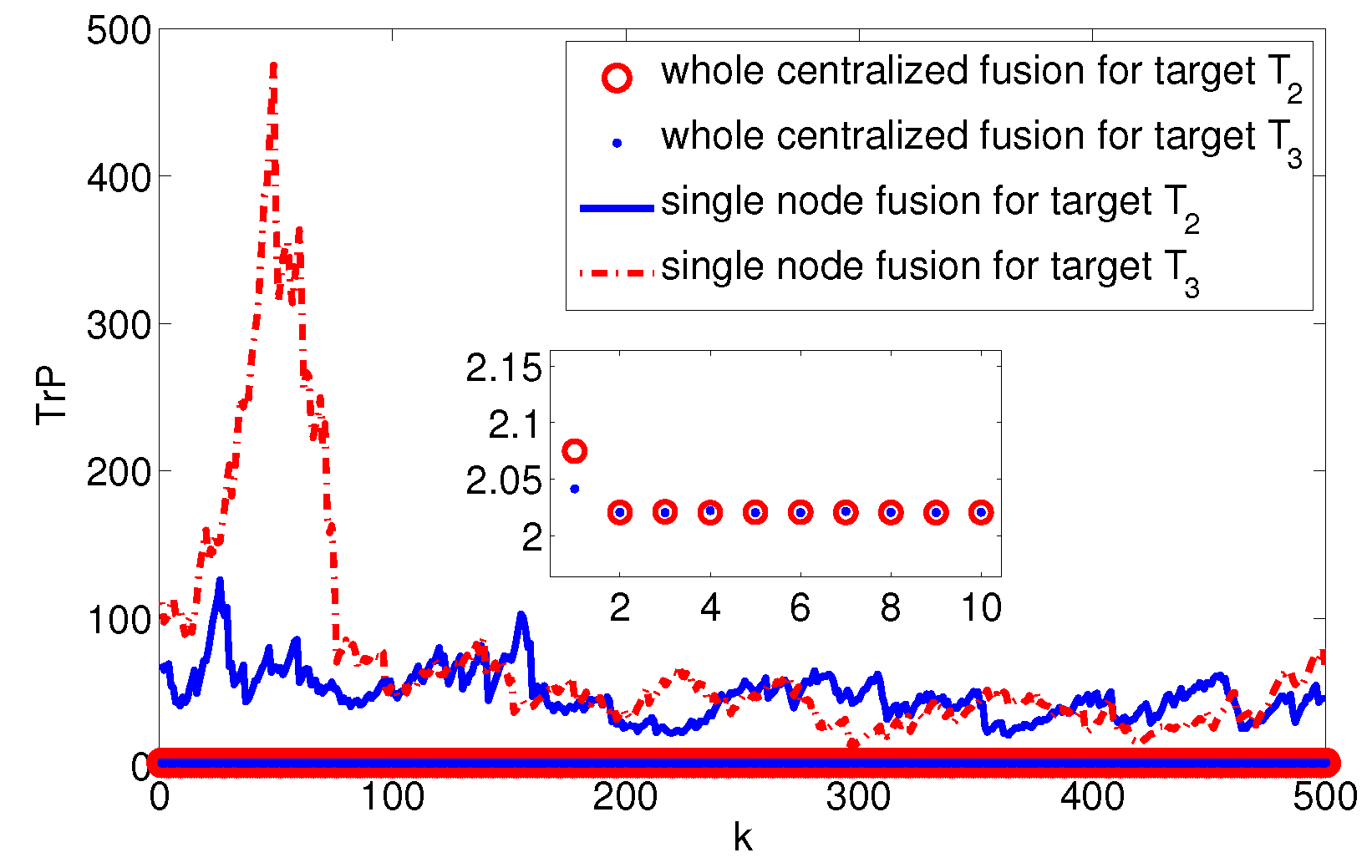
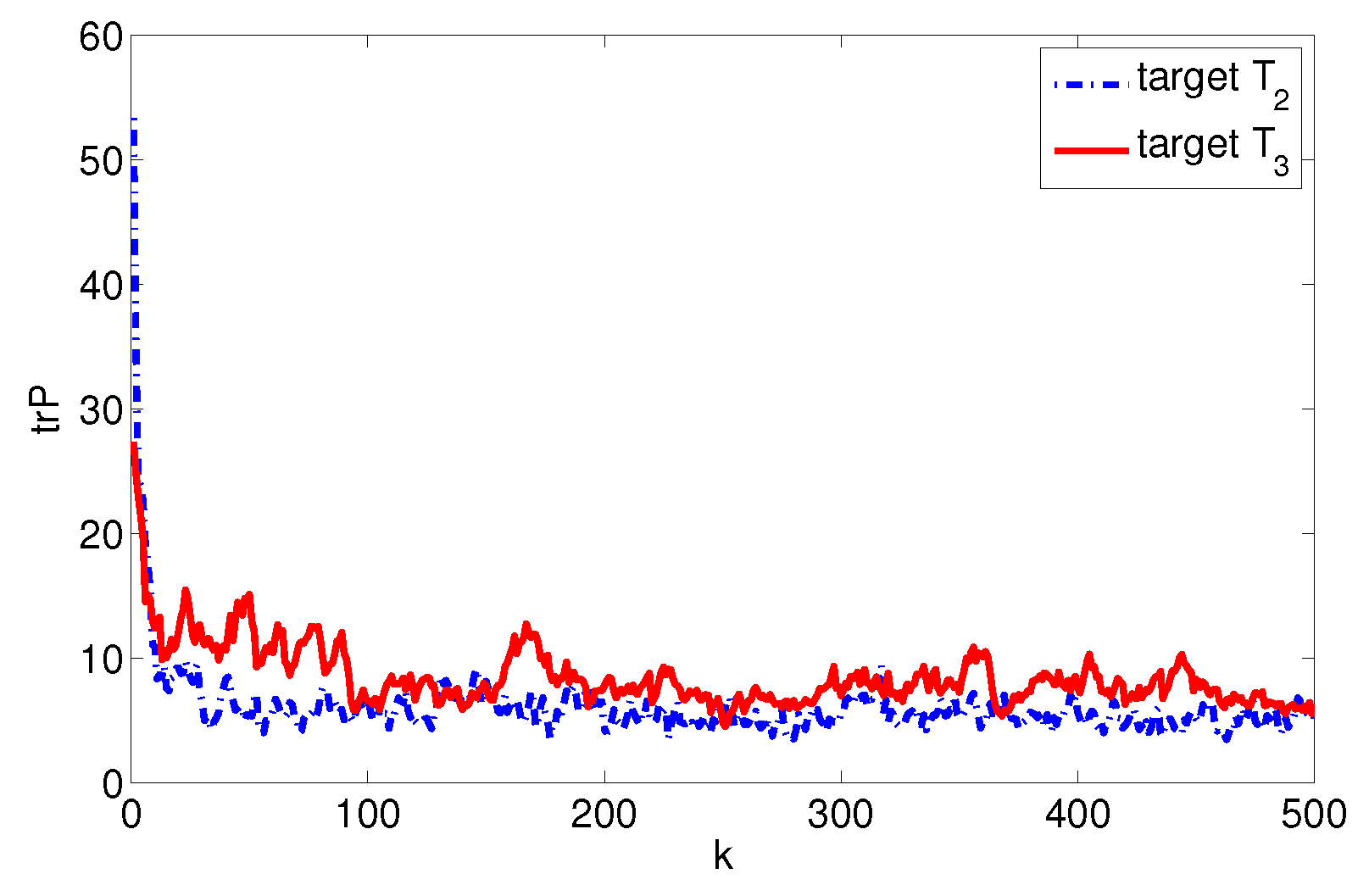
© 2017 by the authors. Licensee MDPI, Basel, Switzerland. This article is an open access article distributed under the terms and conditions of the Creative Commons Attribution (CC BY) license (http://creativecommons.org/licenses/by/4.0/).
Share and Cite
Ge, Q.; Wei, Z.; Cheng, T.; Chen, S.; Wang, X. Flexible Fusion Structure-Based Performance Optimization Learning for Multisensor Target Tracking. Sensors 2017, 17, 1045. https://doi.org/10.3390/s17051045
Ge Q, Wei Z, Cheng T, Chen S, Wang X. Flexible Fusion Structure-Based Performance Optimization Learning for Multisensor Target Tracking. Sensors. 2017; 17(5):1045. https://doi.org/10.3390/s17051045
Chicago/Turabian StyleGe, Quanbo, Zhongliang Wei, Tianfa Cheng, Shaodong Chen, and Xiangfeng Wang. 2017. "Flexible Fusion Structure-Based Performance Optimization Learning for Multisensor Target Tracking" Sensors 17, no. 5: 1045. https://doi.org/10.3390/s17051045





